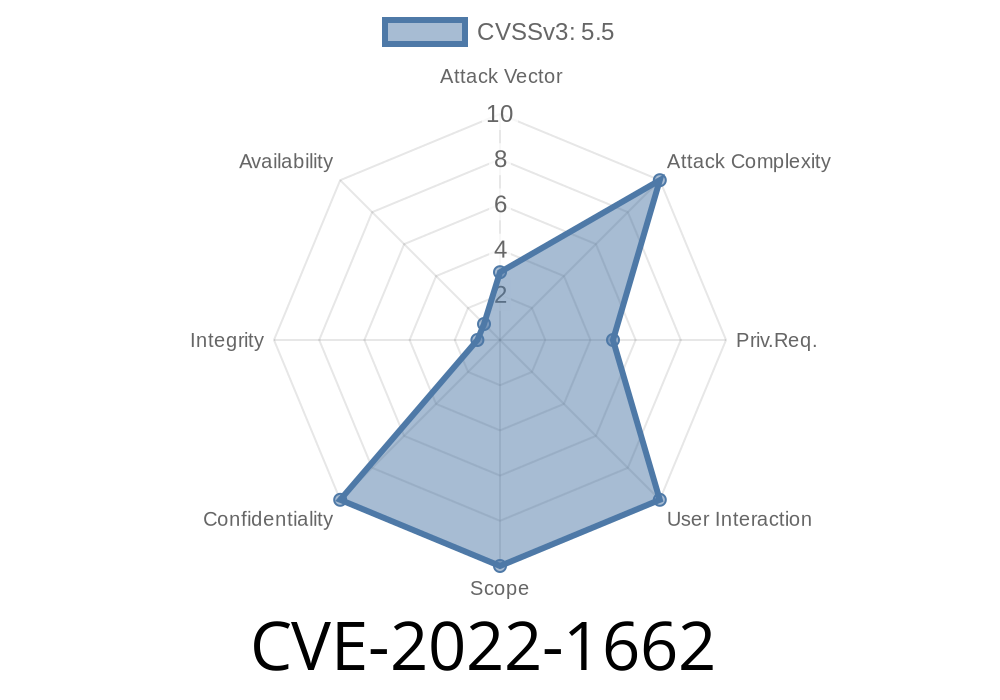Recently, a security vulnerability (CVE-2022-1662) was discovered in the Ansible playbook "run-convert2rhel.yml" for Convert2RHEL. This vulnerability might allow unauthorized local users to gain access to sensitive data, such as the Red Hat Subscription Manager (RHSM) user password. In this post, we will provide a detailed explanation of this vulnerability, including code snippets, links to original references, and potential exploit details. It should be noted that this security issue does not affect the officially supported versions of Convert2RHEL since this Ansible playbook is only an example in the upstream repository.
Vulnerability Details
When Convert2RHEL is executed through the run-convert2rhel.yml Ansible playbook, the RHSM user password is passed via the Command Line Interface (CLI) in clear text. This may expose the password to unauthorized local users who can access the process list while Convert2RHEL is running. Here is an example of the code snippet, demonstrating the issue:
- name: Run convert2rhel
command: >
convert2rhel --username {{ rhel_username }}
--password {{ rhel_password }}
--org {{ rhel_org_id }}
--activationkey {{ rhel_activation_key }}
--pool {{ rhel_pool_id }}
--force
In this code snippet, the variables rhel_username and rhel_password are directly passed to the CLI command convert2rhel. This allows the user password to be visible in the process list, which can be accessed by executing the ps command on Linux systems.
Exploit
For unauthorized users to exploit CVE-2022-1662, they must be able to access the system where the Convert2RHEL process is running and have the permissions to execute the ps command. However, the risk is significantly reduced since the vulnerability exists only in an example Ansible playbook provided in the upstream repository. Officially supported versions of Convert2RHEL do not ship with this example playbook.
Mitigation
To mitigate the risk of exposing the RHSM user password, ensure that only authorized users have access to the system where Convert2RHEL is executing. For additional security, avoid using the vulnerable example Ansible playbook, and instead make use of the officially supported versions of Convert2RHEL.
For more information on CVE-2022-1662, please visit the original reference links below
1. *CVE Database Entry:* https://cve.mitre.org/cgi-bin/cvename.cgi?name=CVE-2022-1662
2. *Red Hat Security Advisory:* https://access.redhat.com/security/cve/CVE-2022-1662
Conclusion
CVE-2022-1662 demonstrates the importance of carefully reviewing and validating the security of code, even in example scripts. Although the vulnerability exists only in an example Ansible playbook present in the upstream repository, it serves as a good reminder for both developers and users to always exercise caution when handling sensitive data. By addressing such security concerns, we can continue to improve the overall security of our systems and protect valuable information from unauthorized access.
Timeline
Published on: 07/14/2022 15:15:00 UTC
Last modified on: 07/20/2022 13:21:00 UTC
